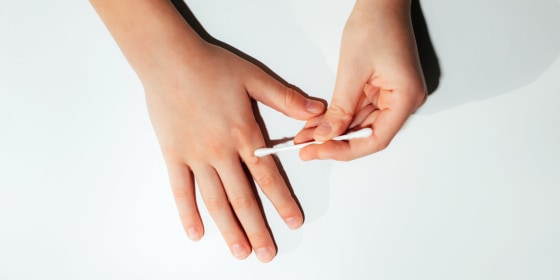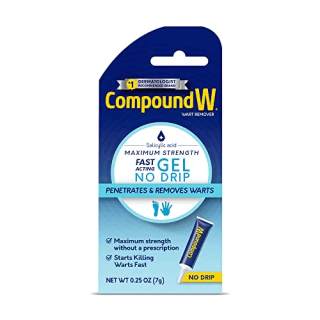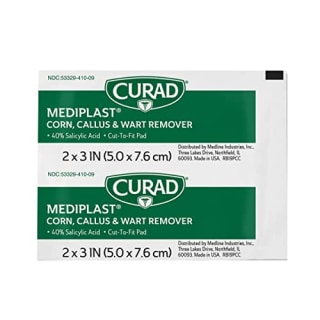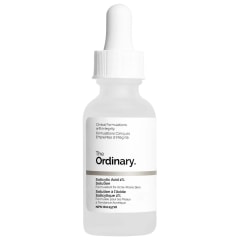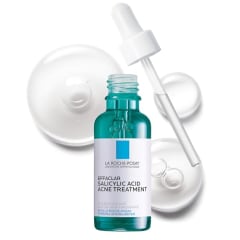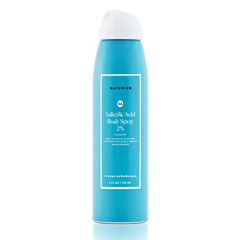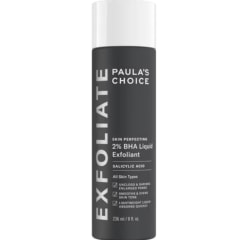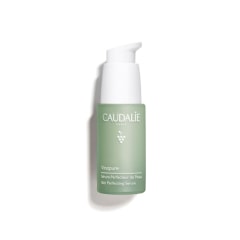Those tiny flesh-colored or pink bumps? They may be warts, says board-certified dermatologist Dr. Nava Greenfield. But not all are made the same — in fact, warts is an umbrella term that covers various sizes, appearances, textures and locations on the skin. To help you understand more about this condition, we spoke to experts about at-home remedies, causes and the types of warts.
SKIP AHEAD What causes warts? | Are warts preventable? | Who do warts affect? | How fast do warts spread? | Types of warts | At-home treatments for warts | What to be cautious of when treating warts
What causes warts?
According to board-certified dermatologist Dr. Brendan Camp, the human papillomavirus (commonly known as HPV) causes warts. Different strains of this virus exist—most of which cause no harm—but Greenfield says some strains are associated with higher risks, including cervical cancer.
Are warts preventable?
Some types of warts, such as those sexually transmitted types, are preventable with a vaccine that boosts the body’s natural protection against certain strains of HPV, says Greenfield.
It’s also important to practice personal hygiene, according to our experts. “To avoid infection with HPV and the development of a wart, wash your hands regularly throughout the day, especially after being in a communal environment like a gym,” says Camp. “If you have rough, dry skin, make sure to keep it moisturized to maintain the integrity of the skin barrier. When the skin barrier is compromised (think red, dry, irritated skin), it is more susceptible to infection, like HPV.”
Who do warts affect?
Regardless of your age, race or sex, you can be affected by warts, says Greenfield. They are common in children, with a prevalence estimated to be approximately 20%, she says. This is because many kids have not developed the immunity to as many types of HPV, according to Dr. Matthew LaCour, a board-certified dermatologist. Also, people with compromised or weakened immune systems are more at risk of developing warts.
How fast do warts spread?
According to LaCour, it is possible to develop a wart in that area within weeks to months after coming in contact with one. Everyone’s immune system reacts differently to this virus, so there is not a specific known timeline.
While warts can spread at different rates, you can prevent them from spreading quickly. Camp says it’s important to avoid picking at or shaving over them. A break in the skin around a wart creates an opportunity for the wart virus to spread.
Types of warts
Different types of warts impact specific body areas, including common warts, flat warts, foot warts and filiform warts.
- Common: Common warts, known as verruca vulgaris, typically occur on hands, feet, and knees and look like rough, skin-colored bumps, says Camp.
- Flat: Flat warts, known as verruca plana, appear as mildly elevated, subtle skin-colored lesions, says Greenfield. Like common warts, these can appear on the face, hands and legs but are not as raised, says Camp.
- Foot/Plantar: Greenfield says that unlike their elevated alternative, foot warts typically grow into the skin. This type is often considered stubborn because it may become inverted when walked on. They appear as thick yellow, brown, or white bumps on the bottom of the foot and often have a thick overlying callus, says LaCour. He says there may also be overlying black dots, which represent small blood vessels.
- Filiform: Filiform means threadlike, says Camp. With that in mind, this type of wart has a more narrow and extended protrusion from the skin, according to Greenfield. According to the AAD, they grow quickly and are commonly seen around the mouth, eyes, and nose.
At-home treatments for warts
How you treat your warts depends on which type you’re dealing with, and you can choose between over-the-counter products or at-home remedies.
Best over-the-counter wart products
Camp says that OTC wart-specific treatments, like gels, have salicylic acid, which generally has a higher concentration than what would be used to treat acne.
According to Camp, bandages with salicylic acid can also be applied to stubborn warts on the foot or plantar surface. These help digest or break down the wart and irritate the skin around it to stimulate the body’s immune system.
Compound W Fast Acting Wart Removal Gel
Camp and LaCour recommend this topical gel because it’s easy to apply. It has 17% salicylic acid and can be applied to common warts and plantar warts, according to Camp. To help maximize its effectiveness, consider soaking the affected area for five minutes, drying it, and then applying the gel, Camp says.
Curad Mediplast Corn, Callus & Wart Remover
Camp also recommends this product because the bandage has 40% salicylic acid. It’s great because it can be cut into any size or shape, making it perfect for your specific warts. According to LaCour, it also has a good adhesive.
Duct tape method for warts
Covering a common wart with duct tape may create an environment that causes local skin irritation, either through the skin’s reaction to the adhesive or the accumulation of moisture under the tape, says Camp. This irritation may stimulate the body’s immune system, which may help rid the wart virus from the skin, according to Camp. “I will often recommend patients use a topical salicylic acid or prescription medication and then cover that area with a piece of duct tape,” says LaCour.
For some, like foot warts, go ahead and apply salicylic acid on the wart and cover it with a band-aid during the day. Then, apply a small piece of duct tape over the wart at night. Greenfield says that once the skin becomes white and macerated, you can use a pumice stone (post-shower) to gently scrape away the skin.
What to be cautious of when treating warts
While some over-the-counter wart-freezing products are available, says Greenfield, these might not be the best and most effective option. You should also be cautious of using abrasive exfoliants when dealing with warts on your face because you risk scarring, so it’s best to see a board-certified dermatologist to treat the warts.
If you want to care for warts safely, consider visiting your doctor because in-office procedures can be the best route. After a dermatologist examines the warts, they can determine which treatment is best. For example, flat warts may need freezing with either liquid nitrogen, electrodesiccation or prescribed topical medications, says Camp. Other warts, like filiform warts, are treated with liquid nitrogen (freezing), or depending on the size and location, they can be surgically removed, he says.
Some other treatments include applying Cantharone to elicit an immune response, injecting warts, shaving them off and more, according to Greenfield.
Meet our experts
At NBC Select, we work with experts with specialized knowledge and authority based on relevant training and experience. We also ensure all expert advice and recommendations are made independently and without undisclosed financial conflicts of interest.
- Dr. Nava Greenfield is a board-certified dermatologist at Schweiger Dermatology Group in New York City.
- Dr. Brendan Camp is a double board-certified dermatologist and dermatopathologist at MDCS Dermatology in New York.
- Dr. Matthew LaCour is a board-certified dermatologist at Westlake Dermatology in Austin, Texas.
Why trust NBC Select?
Bianca Alvarez is an associate reporter covering skin care, hair care and gift guides. She has also recently written stories on the best foot creams and bunion treatments. For this story, she interviewed two dermatologists, shared their recommendations, and researched highly rated wart treatments that met their guidelines.
Catch up on NBC Select’s in-depth coverage of personal finance, tech and tools, wellness and more, and follow us on Facebook, Instagram, Twitter and TikTok to stay up to date.
